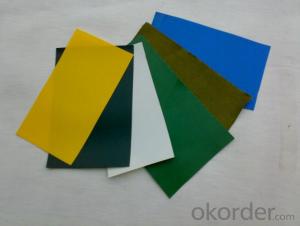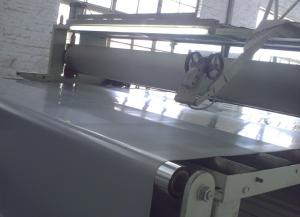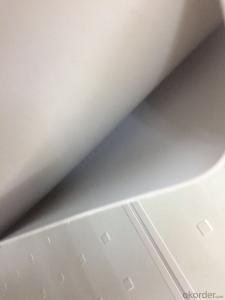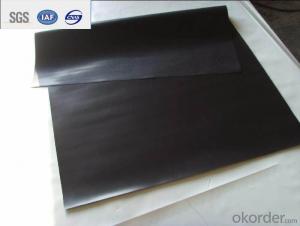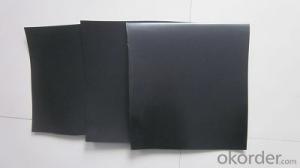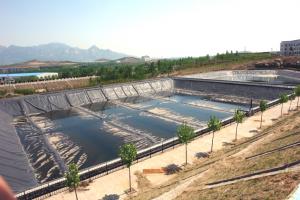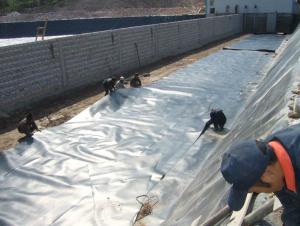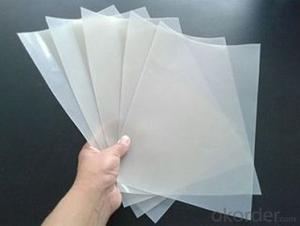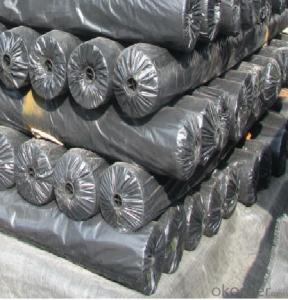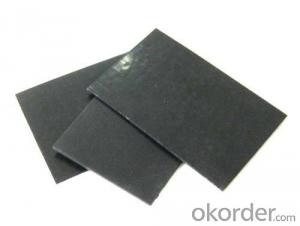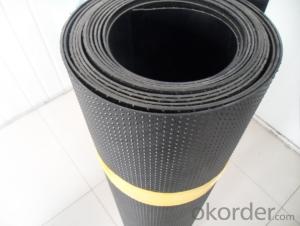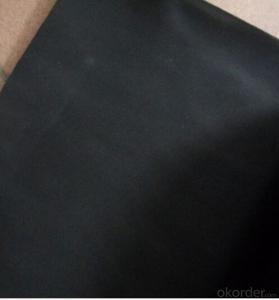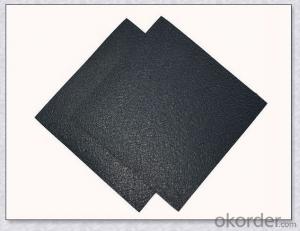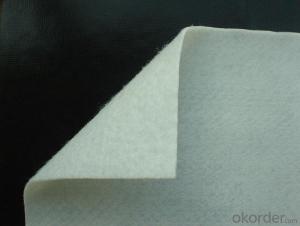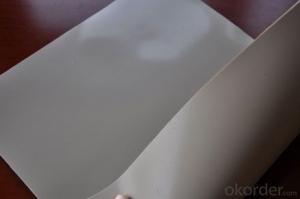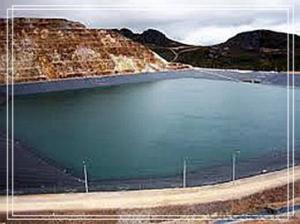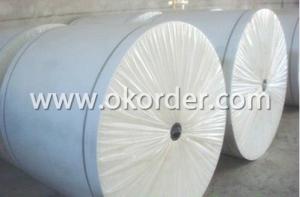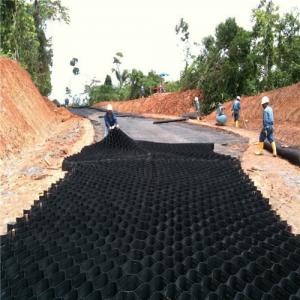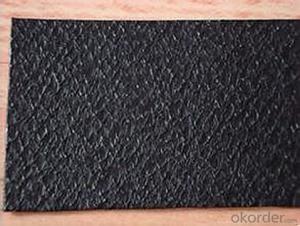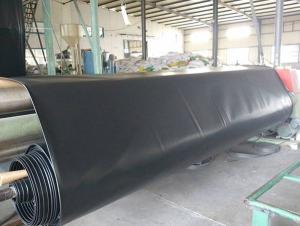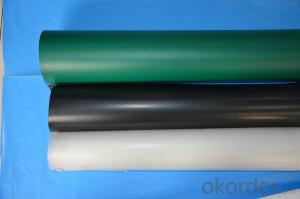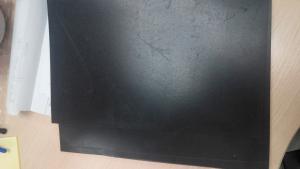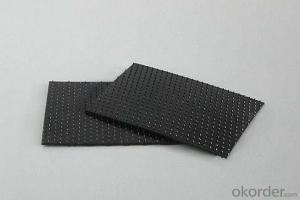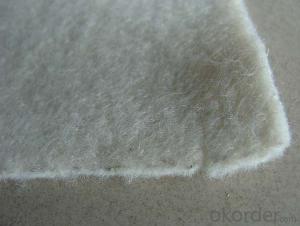Geomembrane Waterproofing
Geomembrane Waterproofing Related Searches
Blu Ray Player With Internet Geomembrane In Pakistan 30 Mil Pvc Geomembrane Pvc Geomembrane Specifications Pvc Geomembrane Geomembrane Machine Plastic Geomembrane Nonwoven Wallpaper Geomembrane Material Geomembrane FabricHot Searches
Geomembrane For Sale China Pvc Geomembrane China Geomembrane Roll Sheet Hdpe Geomembrane Sheet Price Hdpe Geomembrane China China Geomembrane Geomembrane China Hdpe Geomembrane Price Geomembrane Price Wholesale Hdpe Geomembrane Roll Geomembrane Factory Wholesale Liner Hdpe Geomembrane Wholesale Geomembrane Hdpe Wholesale Hdpe Geomembrane Geomembrane Market Size Wholesale Hdpe Geomembrana Wholesale Liner Geomembrane Geomembrane Liner Supplier Wholesale Geomembrane China Pvc GeomembraneGeomembrane Waterproofing Supplier & Manufacturer from China
Okorder.com is a professional Geomembrane Waterproofing supplier & manufacturer, offers integrated one-stop services including real-time quoting and online cargo tracking. We are funded by CNBM Group, a Fortune 500 enterprise and the largest Geomembrane Waterproofing firm in China.Hot Products
FAQ
- Yes, geomembranes can be used in floating fountains and decorative water features. Geomembranes are flexible, durable, and waterproof materials that can effectively contain water and prevent leakage. They can be custom designed and installed to fit various shapes and sizes of fountains and water features, providing a reliable and long-lasting solution for water containment.
- The typical installation time for a geomembrane can vary depending on several factors such as the size of the area, complexity of the project, site conditions, and the experience of the installation crew. However, on average, the installation of a geomembrane can take anywhere from a few days to several weeks.
- The installation requirements for geomembranes in landfill liners typically include proper surface preparation, which involves removing vegetation, debris, and loose soil, and ensuring a smooth and uniform subgrade. Additionally, the liner must be carefully positioned and anchored to prevent shifting or wrinkling, and any seams or joints must be properly welded or sealed to maintain integrity. It is also important to consider factors such as slope, drainage, and compatibility with other liner components to ensure effective installation and long-term performance of the landfill liner system.
- nan
- the glass membrane static electricity is used more often because we should choose from the length of time. if the pasting time is long, then using the static electricity membrane, to avoid the packaging film hard to tear up when the film is in aging. The time is relatively short then using the glue, because the viscosity is good, and firmly pasted.
- Yes, geomembranes are suitable for use in industrial waste management. They offer an effective barrier to prevent the leakage or seepage of hazardous materials into the environment. Additionally, geomembranes are durable, flexible, and resistant to various chemicals, making them a reliable choice for containing and managing industrial waste.
- Yes, geomembranes can be used in groundwater recharge systems. They are commonly used to line recharge basins or infiltration trenches to prevent water loss and maintain proper infiltration rates. Geomembranes provide a barrier that prevents the water from seeping into the underlying soil, ensuring that the water is effectively recharged into the groundwater aquifer.
- Geomembranes contribute to stormwater filtration by acting as a barrier that prevents pollutants and contaminants from seeping into the ground or water bodies. They are impermeable and provide a protective layer, ensuring that stormwater runoff is properly managed and filtered before it reaches natural water sources. This helps to reduce the level of pollutants, sediments, and harmful substances in stormwater, ultimately protecting the environment and improving water quality.
- nan
- They are a little bit small like the Samsung Galaxy, LG G2 phone. There is certain radian at the edge of the screen. Plane film can't completely match arc and film can just cover the plane part of the screen, so it looks like that film is obviously smaller than the screen.










